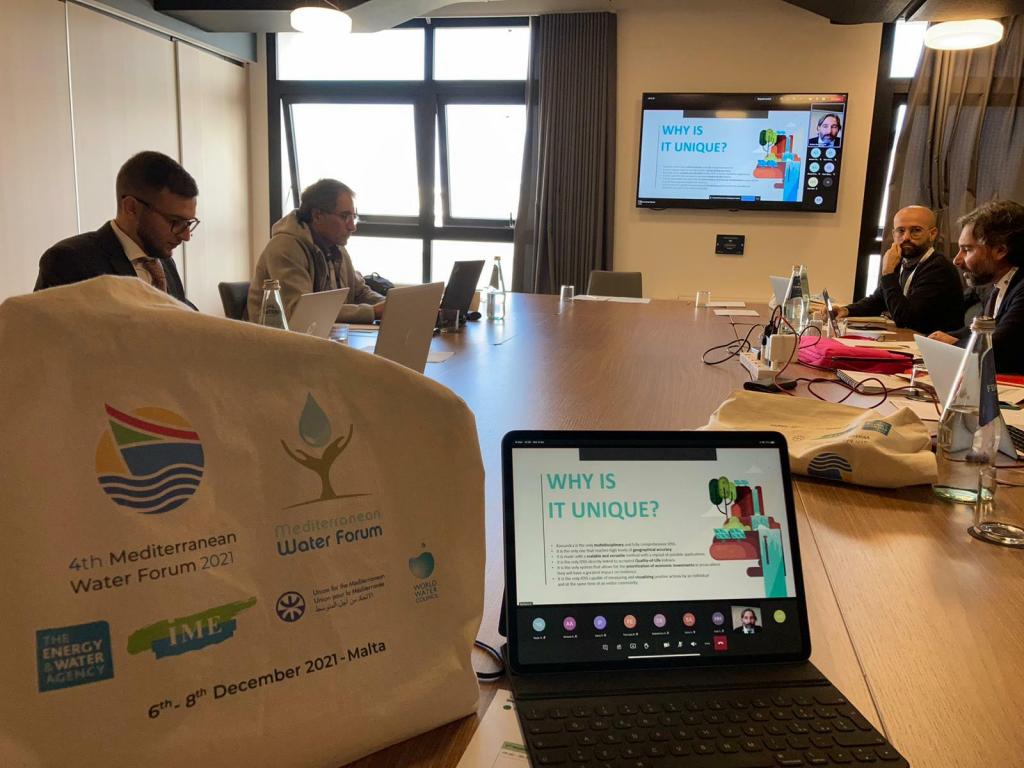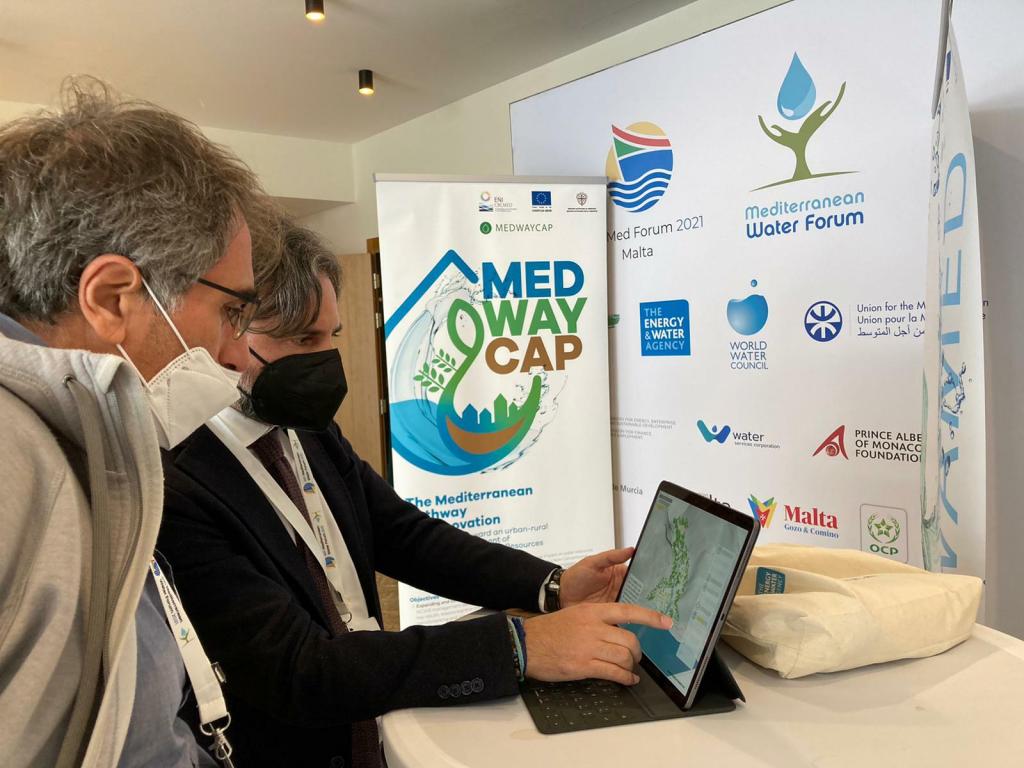NAWAMED: increasing resilience is a matter of priorities and choices - how the Kassandra Project works

Mark Cannata is founder and CEO of the Kassandra Project, "the first Integrated Decision Support System – IDSS - that facilitates the creation, development and management of a truly resilient city".
Mr. Cannata and Kassandra’s CEOs have been involved in the NAWAMED project as stakeholder, because of their expertise and activities on the ground, particularly alongside public administrations.
Mark Cannata, what is Kassandra?
It is a decision support tool, a software that creates a "virtual twin" of a city, an environment, or an infrastructure, and analyses that context through 12 main parameters. The result is a climate change 'resilience index'.
Each parameter, and hundreds of related sub-parameters, give a resilience value, and each parameter is thought of in interaction with the others, in order to maintain the complexity of the system, particularly the urban system, without simplifying it.
In our vision, cities are like organisms. To describe Kassandra we often borrow terminology from biology.

How does the virtual twin work?
We map buildings, streets, greenery, benches, fountains. All the physical elements that make up an environment, but we also consider air and water. These are the primary parameters. Then there are the secondary ones, such as culture, safety, etc. We collect data on the basis of bibliography and surveys on site.
I'll give you two examples: in the Caribbean we are working on two islands, Dominica and Granada, where we were asked to prepare 'post-hurricane' guidelines. There was very little data available: we got the rest by commissioning on-site surveys, with very smart technology, an app that linked directly to Kassandra. In the UK, mapping a Unesco site, on the other hand, the data - a lot of it - was easily available.

Then you produce a scenario
We ask ourselves: what happens if we change some parameters? For example: we increase the number of trees. What influence does this action have on the other parameters? Our tool is somewhat reminiscent of an equalizer in a recording studio. By varying the parameters we are looking for the optimal scenario. That is, the one that indicates what is the best scenario to increase the resilience of an urban environment. Then it is a question of deciding which choices are the priorities.

With a cost-benefit analysis
The system enables you to decide what is the most efficient way to spend your budget, the one that improves overall resilience the most.
For example, it is now very fashionable to plant trees everywhere. But are we sure that this is the smartest way, given the context, to increase resilience?
We believe it is useful to prioritise investments. In this way we support decision-makers on how to use their resources. If the change scenario assumed by the system is actually implemented, Kassandra becomes a de facto management tool.
What is the role of water?
For us, the presence of water is one of the three most important elements, along with topography and air quality.
One of the most important aspects in relation to climate change is precisely water management, which must relate to all the other aspects of the urban context.
Here is another example. The city of Modica, in Sicily, suffers from water scarcity. Among the possible scenarios for increasing water availability, that is increasing resilience, we have proposed to network the private cisterns with which many houses in the historic centre are equipped, even though most of them are currently unused. This network can be used to irrigate urban greenery. But nine months of drought are followed by three months of very heavy rain. This is why we have studied the creation of "rain gardens": these are "inverted" flowerbeds, which collect the water, filter it and release it slowly in a town like Modica, which has always been subject to flooding.
What role do projects like NAWAMED play in promoting resilience and adaptation measures?
We chose to set up a project on Modica partly because we are in the most at-risk part of the Mediterranean (on the borderline between the subtropical and temperate zones). This situation is representative of a whole series of realities that are at risk due to the immediate effects of climate change. An international collaboration such as NAWAMED is essential to exchange ideas and solutions. We are facing extreme situations now. International collaboration is needed to find common solutions: no one saves himself alone.
A representative from Kassandra Project was also invited to attend the 4th Mediterranean Water Forum, which took place in Malta from 6th to 8th December 2021 and the NAWAMED Mediterranean Water Table for inspiring partners for future development of activities.











